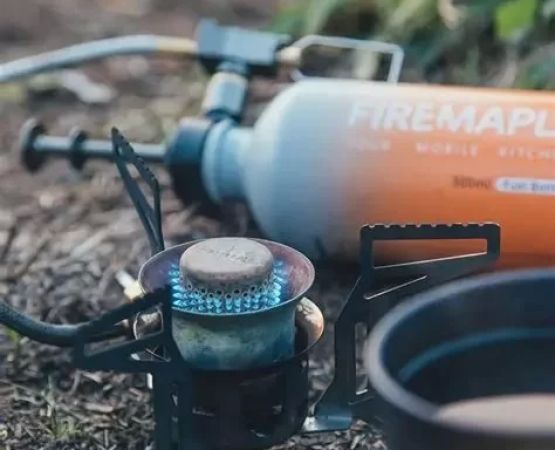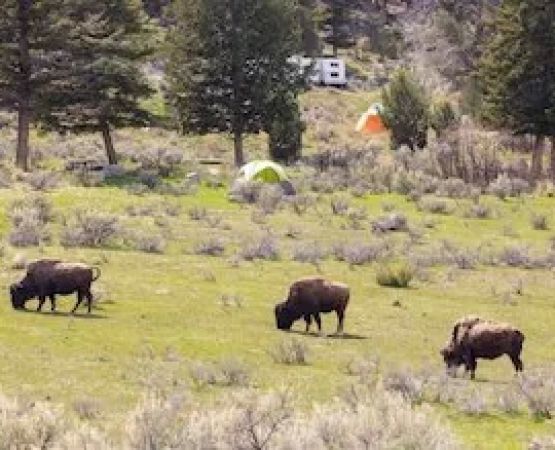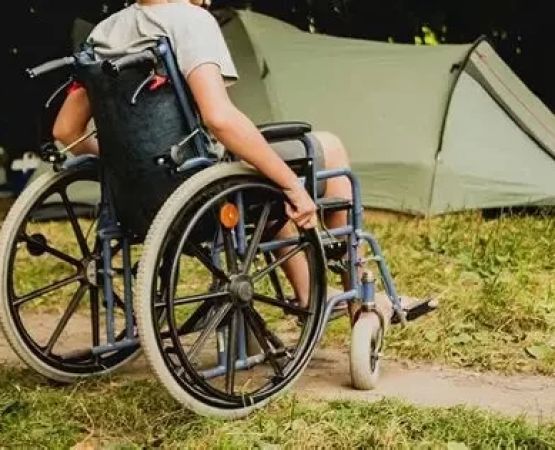How to Deal with Sprained Ankles and Other Hiking Injuries: A Complete Guide
- 1- The Importance of Preparation Before Hiking
- 2- Understanding Common Hiking Injuries
- 3- How to Treat a Sprained Ankle on the Trail
- 4- Other Common Hiking Injuries and How to Deal with Them
- 5- Preventing Future Hiking Injuries
1. The Importance of Preparation Before Hiking
Before hitting the trails, proper preparation is key to avoiding injuries. Make sure to wear the right footwear, such as hiking boots with good ankle support, and carry the necessary supplies like a first-aid kit, water, and snacks. Plan your route carefully and know your limits. Being physically prepared can also reduce the risk of injury during your hike.
2. Understanding Common Hiking Injuries
Injuries on the hiking trail are unfortunately common, especially for those who push themselves too hard or don’t take necessary precautions. Some of the most common hiking injuries include:
2.1. Sprained Ankles
A sprained ankle is one of the most common injuries hikers experience, typically caused by uneven terrain or stepping in a hole. The ligaments in the ankle stretch or tear, causing pain and swelling.
2.2. Strained Muscles
Overexertion, lack of flexibility, or improper warm-ups can lead to strained muscles. These injuries may involve tightness, cramping, or sharp pain in the muscle.
2.3. Blisters
Blisters are caused by friction from poorly fitted shoes. While they may not be as serious, they can be painful and hinder your hike.
2.4. Cuts and Scrapes
Sharp rocks, branches, and the rough wilderness can result in cuts or scrapes, which, although often minor, need to be treated promptly to prevent infection.
3. How to Treat a Sprained Ankle on the Trail
If you find yourself with a sprained ankle while hiking, it’s important to act quickly to avoid further damage. Here’s how to handle it:
3.1. Rest
Stop hiking immediately and give your ankle time to rest. Don’t try to walk it off, as this could make the injury worse.
3.2. Ice
Apply ice to the injured ankle to reduce swelling and pain. You can use a cold compress or any cold item you can find in your pack.
3.3. Compression
If possible, use an elastic bandage to compress the injured area. This helps reduce swelling and provides some stability to the injured ankle.
3.4. Elevation
Try to elevate your ankle above the level of your heart to reduce swelling.
3.5. Seek Medical Attention
If the pain doesn’t subside or if the swelling is significant, it’s crucial to seek medical attention as soon as possible. A professional can properly assess the injury and guide you on the next steps for treatment.
4. Other Common Hiking Injuries and How to Deal with Them
Aside from sprained ankles, there are other common injuries that hikers may experience. Here’s how to manage some of them:
4.1. Strains and Sprains
If you strain a muscle or sprain a ligament, follow the R.I.C.E method (Rest, Ice, Compression, Elevation). You may also want to use over-the-counter pain relievers to reduce inflammation.
4.2. Blisters
To prevent blisters, wear well-fitting shoes and moisture-wicking socks. If a blister forms, clean it, apply an antiseptic, and cover it with a bandage or blister pad.
4.3. Cuts and Scrapes
Clean any cuts or scrapes immediately with clean water and antiseptic. If the wound is large or deep, consider covering it with a bandage to prevent infection.
5. Preventing Future Hiking Injuries
While injuries can happen to anyone, there are steps you can take to reduce the likelihood of them occurring in the future:
5.1. Strengthen Your Muscles
Regular strength training, especially for your legs and core, can help prevent injuries by making your muscles stronger and more resilient during hikes.
5.2. Stretching and Warm-Ups
Always take the time to stretch and warm up your muscles before embarking on a hike. This can help prevent muscle strains and improve your flexibility.
5.3. Use the Right Gear
Make sure you have the proper footwear for the type of trail you’ll be hiking. Invest in hiking boots with good ankle support and tread. You should also wear moisture-wicking socks to avoid blisters.
5.4. Stay Hydrated and Nourished
Dehydration and fatigue can increase your risk of injury. Ensure you drink plenty of water and have nutritious snacks while hiking to keep your energy levels up.
With the right knowledge and preparation, you can manage and prevent hiking injuries effectively. Whether it's a sprained ankle or another common injury, staying calm, following the proper treatment steps, and preparing ahead of time can make all the difference. For more hiking tips, gear recommendations, and expert advice, visit Pine Cliff Resort.







